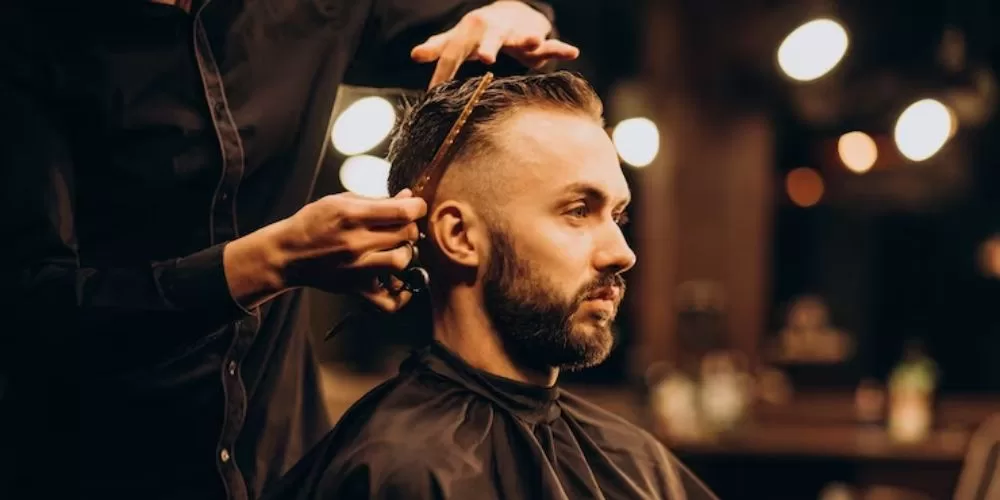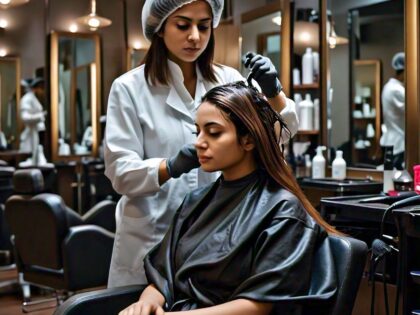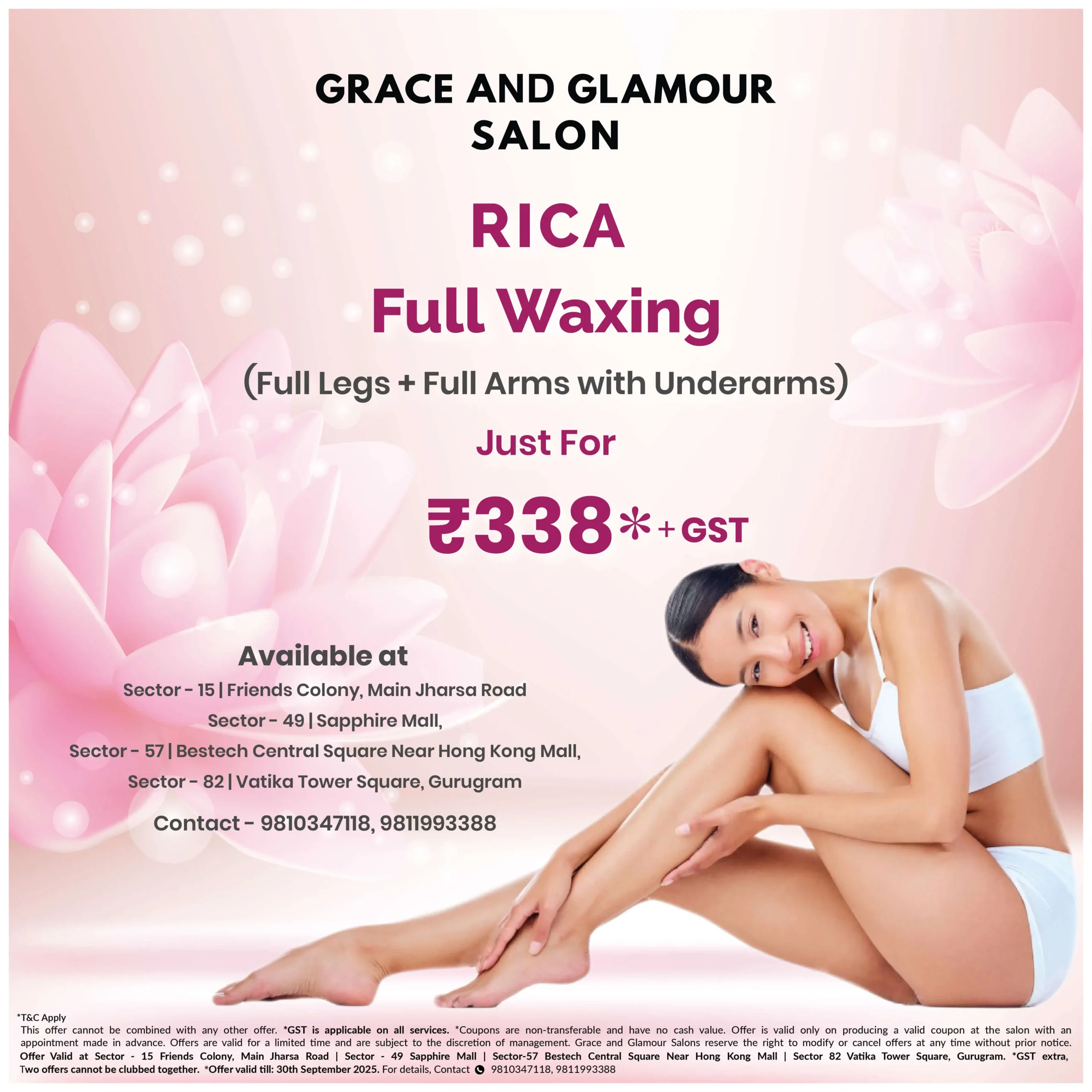The story of men’s hairstyles is a fascinating journey through time, reflecting the ever-changing trends, societal shifts, and cultural influences that shape our perceptions of grooming. From the dapper styles of the 1920s to the experimental looks of today, this exploration delves into the evolution of men’s hairstyles, offering insights into the historical context that has shaped our perceptions of masculine beauty.
1920s: The Roaring Twenties
The Slicked-Back Undercut:
The 1920s marked the dawn of the modern man, with hairstyles reflecting a rebellion against the conservative norms of the past. The slicked-back undercut became iconic, featuring short sides and a longer, slicked-back top. This daring style epitomized the carefree spirit of the Jazz Age.
1930s-1940s: The Golden Age of Hollywood
The Side Part and Pompadour:
As Hollywood flourished, so did men’s hairstyles. The side part emerged as a timeless classic, epitomizing sophistication and refinement. The pompadour, with its voluminous top and neatly combed sides, became a symbol of Hollywood glamour and leading man charm.
1950s: The Rebel Without a Cause Era
The Greaser Look:
The 1950s brought about a rebellious spirit, personified by the greaser look. With slicked-back hair, often adorned with a quiff or pompadour, this style embodied the defiance and nonconformity associated with the era’s youth culture.
1960s: The Swinging Sixties
The Beatles Mop Top:
The British Invasion of the 1960s introduced the world to the Beatles and their iconic mop-top hairstyles. This easygoing, tousled look reflected the cultural shift towards a more relaxed and free-spirited attitude.
1970s-1980s: The Disco Era and Beyond
The Shag and Feathered Styles:
The 1970s embraced a more laid-back approach to grooming, with the shag haircut and feathered styles gaining popularity. These relaxed looks reflected the casual and carefree vibe of the disco era.
1990s: The Grunge Movement
Messy and Unkempt Styles:
The 1990s witnessed the rise of grunge, with musicians like Kurt Cobain influencing hairstyles characterized by a messy and unkempt appearance. This anti-establishment look challenged traditional notions of grooming.
2000s: The Rise of the Metrosexual
Textured and Layered Styles:
The 2000s saw the emergence of the metrosexual, challenging stereotypes around masculinity and grooming. Textured and layered styles became popular, allowing men to experiment with their hair while still maintaining a polished appearance.
2010s-Today: Embracing Diversity and Individuality
Undercuts, Fades, and Modern Quiffs:
In recent years, men’s hairstyles have become more diverse than ever. Undercuts, fades, and modern quiffs dominate the scene, reflecting a blend of classic elements with contemporary trends. Men today have the freedom to express their individuality through their hair, embracing styles that resonate with their unique personalities.
2020s: Embracing Versatility and Individual Expression
The Return of Classic Styles
As we step into the 2020s, there’s a notable resurgence of classic hairstyles, demonstrating that timeless looks never truly go out of style. Classic side parts, slicked-back styles, and well-groomed beards have made a comeback, reflecting a desire for a more polished and put-together appearance.
Modern Twists on Retro Styles
The 2020s bring a fresh take on retro hairstyles. Men are combining classic elements with contemporary twists, creating hybrid styles that are both sophisticated and on-trend. Modern quiffs with faded sides, for instance, showcase the versatility of merging timeless elegance with current fashion sensibilities.
Textured Cuts and Natural Movement
In contrast to the structured styles of the past, the 2020s celebrate the beauty of natural texture and movement. Textured cuts that allow for natural waves or curls are gaining popularity, reflecting a more relaxed and effortlessly cool aesthetic. This shift towards embracing one’s natural hair patterns highlights the importance of individual expression.
Grace and Glamour Salon: Guiding the Style Narrative into the Future
Grace and Glamour Salon, with its pulse on the ever-evolving landscape of men’s grooming, continues to be a guiding force in the style narratives of the 2020s. Acknowledging the resurgence of classic styles and the fusion of old and new trends, the salon remains a trusted space for individuals seeking not just a haircut but a curated experience that aligns with their unique style preferences.
As men navigate the diverse options of the 2020s, Grace and Glamour Salon stands as a supportive partner, offering expertise, personalized care, and a commitment to nurturing individual expression. In an era that values versatility and embraces the fusion of classic and modern elements, the salon remains dedicated to being a beacon of style and confidence.
Conclusion
The evolution of men’s hairstyles from the 1920s to the 2020s is a testament to the ever-changing landscape of fashion, culture, and societal norms. Grace and Glamour Salon, acknowledging the rich history and contemporary trends, continues to be a space where individuals can explore, express, and define their unique style narratives. As we step into the 2020s, the salon remains committed to guiding clients through the exciting journey of grooming, embracing the fusion of classic elegance with the diverse and individual expressions of today’s modern man.
Related:- From Fade to Undercut: Popular Men’s Haircut Styles Explained




